Endoscopic Forehead Orbital Rim Dissector, 24cm
$ 27.00
Orbital Rim Dissector, 24cm half curved
The Orbital Rim Dissector is a recommended instrument for, maxillofacial, and plastic surgeries for precise dissection and manipulation of tissues around the orbital rim the bony margin of the eye socket. At Adas Instruments we made it with high-quality stainless steel for strength and durability. its half-curved shaft and blunt tip along with an ergonomic handle make it the perfect instrument for precise control and outcomes. It helps separate the soft tissues from the underlying bone, allowing the surgeon to access and repair the orbital area without damaging delicate structures such as muscles, nerves, and vessels.
1 in stock (can be backordered)
Fast Global Shipping
3-5 Days to USA, UK & Europe via DHL/FedEx.
3-Year Warranty
German Stainless Steel. Free replacement guarantee.
Direct Manufacturer
Factory Direct Prices. Wholesale & OEM available.


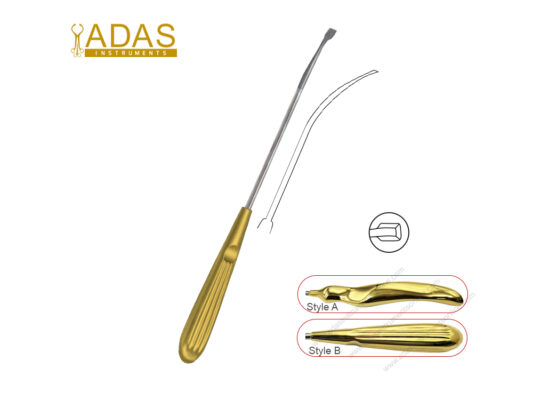
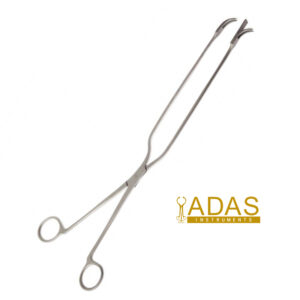

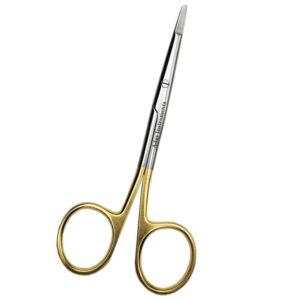



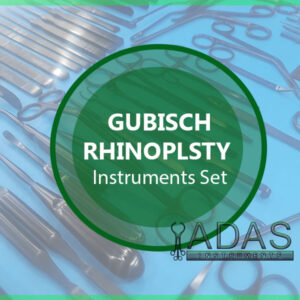
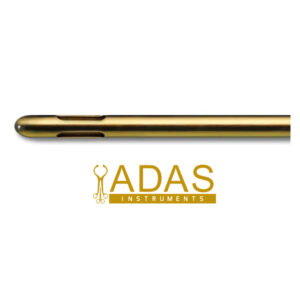


Reviews
There are no reviews yet.